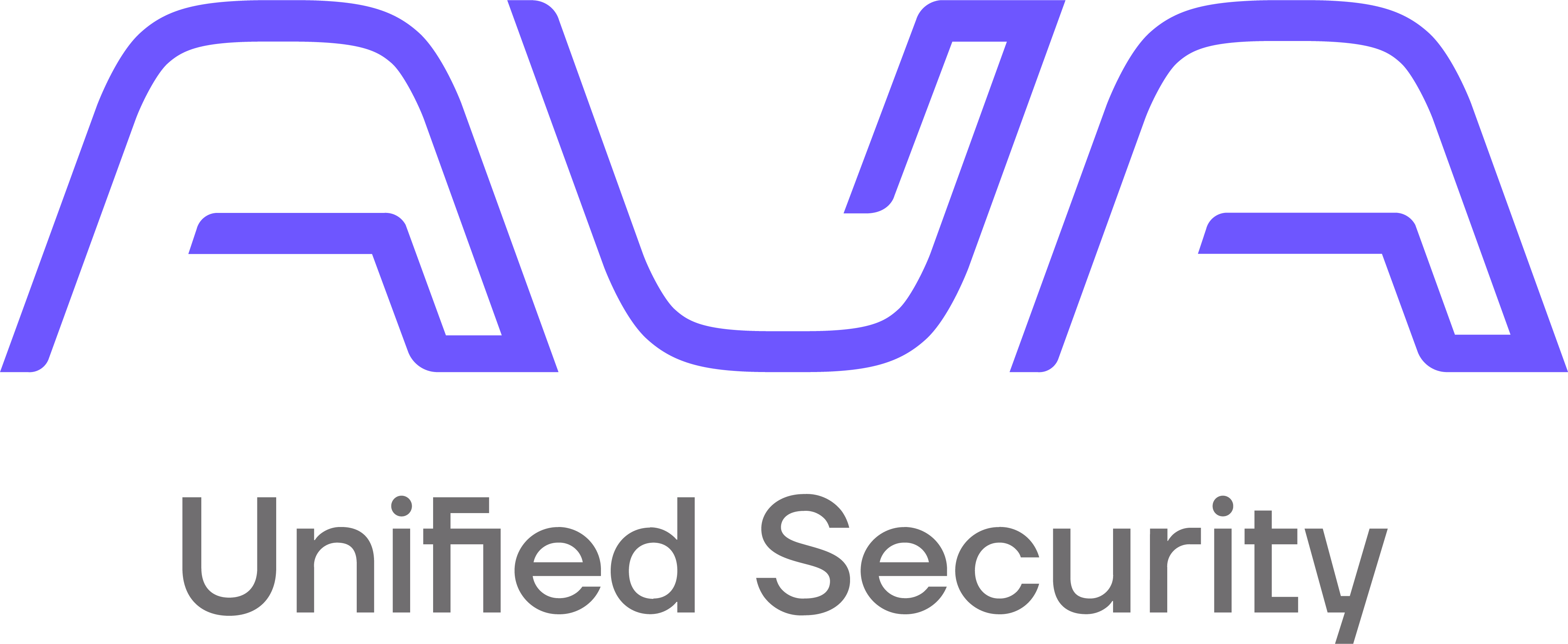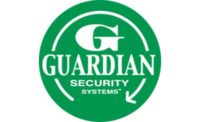A multi-country survey of organizations running video monitoring systems, conducted by video surveillance as a service (VSaaS) provider Ava Security, found that U.S. firms are avidly repurposing their existing video monitoring systems to support the “COVID safe” return to offices and workplaces across North America.
Half (50 percent) of the 100 IT, facilities management (FM), operations or security managers queried during March 2021 were already leveraging their video monitoring systems to help manage social distancing requirements in their buildings. A further 44 percent were planning to use their video systems for this purpose within the next 12 months.
An even higher percentage (59 percent) were already using their existing video systems to help provide temperature level checks and a further 32 percent planned to enable temperature checking via their video security systems within a year.
Half (50 percent) of respondents to the same survey said they were already using their video monitoring system to trace all people movements in, out and around their workplaces to protect both staff and visitors alike from the danger of infection. A further 40 percent planned to configure their systems to do this within the next 12 months.
A slightly higher percentage (52 percent) had already deployed their video systems for monitoring meeting room occupancy levels and people density levels in breakout areas; while 41 percent said they were likely to add this capability to their video systems over the next 12 months.
Over half (53 percent) of U.S. firms had already deployed facial recognition analytics into entrance area cameras to enable contactless access control; while a further 32 percent were planning to complete this work within the next 12 months as more staff return to the office.
Mask detection analytics is also being widely deployed in U.S. workplaces: 45 percent had already deployed video analytics software now available for alerting control room staff when staff and visitors are inside a building but not wearing a mask. A further 45 percent planned to deploy mask detection analytics within the next 12 months.
U.S. firms led other countries in the study in terms of using their video systems to support the creation of COVID Safe Workplaces for their staff.
COVID-19 appears to be accelerating adoption of other video analytics. license plate recognition (LPR) analytics has already been deployed in 43 percent of U.S. firms’ workplaces, according to the same study. More interestingly, a further 43 percent of U.S. firms indicated that they expect to have deployed LPR at their workplaces within the next 12 months.
As other smart analytics capabilities become commercially available, demand is also picking up. In many cases, video analytics adoption looks set to double within the next 12 months.
For example, audio or noise analytics (i.e., gunshot, breaking glass, screaming, etc.) has already been deployed in 40 percent of U.S. video monitoring systems in use. A further 42 percent of U.S. firms said they expected to deploy noise analytics within the next 12 months.
Objection detection, identification and classification including color matching is also experiencing a surge in demand. This demand is possibly related to the improvement in accuracy of next generation cameras with this sort of analytics built in. Today, 40 percent of U.S. firms with video systems have this analytics capability available to them. However more interestingly, 48 percent more U.S. firms plan to put objection detection and identification analytics into their systems within the next 12 months.
Ava also found evidence that U.S. firms are early adopters of other workplace technologies designed to make it easier for staff to manage the use of offices, while minimizing risk of COVID infection. For example, 50 percent of U.S. firms expressed interest in offering staff the capability of remote pre-booking of desk spaces, meeting rooms and pre-signing in visitors via mobile-ready apps.
Nearly half (45 percent) felt remote booking of extra cleaning of surfaces before or after meetings and arranging catering for those meetings would be a useful innovation. Around a third (34 percent) were interested in exploring the hiring of flexible co-working spaces “closer to where our staff live” to reduce commute times, thereby lowering the risk of coming into contact with the virus while travelling on public transport.
Over four out of every five (83 percent) U.S. firms were “net” likely (i.e., “Very likely to” or “Likely to”) to increase the “remote monitoring of assets, processes, and people on our work premises” over the next 12 months as the focus of the work from home (WFH) revolution of 2020 evolves into the “hybrid working” evolution in which many more of us come into the office only for significant corporate events.
As the reality sets in for managers that many more of their staff will be working from home for at least a portion of their working week; the focus on cybersecurity as well as physical security increases. In the U.S., 84 percent of respondents said they were “very likely to” or “likely to” place a “larger focus on cybersecurity for all devices and applications that are networked.”
Nine out of 10 (92 percent) U.S. firm respondents were likely to “Increase the use of cameras and Internet of Things (IoT) sensors to manage our business,” the Ava Security study found.
The biggest challenge of supporting all these changes appears to be paying for them as over three quarters (77 percent) of U.S. firms predicted a “reduction of operational budgets available for maintenance, facilities management, or/and physical security” over the next 12 months.
For many U.S. firms, increased migration of IT services into the cloud appears to be one clear answer to the budget squeeze: 86 percent of U.S. firms in this study predicted an increase in the migration of IT services into the cloud over the next 12 months.
Nearly as many U.S. firms (84 percent) seemed to predict savings would be made by reducing the size of the main offices and supplementing these with the “Increasing use of co-working spaces for specific purposes” including brainstorming, sales presentations and larger team meetings.
Over three quarters (76 percent) of U.S. firms with on-premise video monitoring systems today regarded migration of their systems into the cloud through adoption of a video surveillance as a service platform as a “net high priority” (marking it as either “high priority” or “somewhat a priority”). Only Norway and Sweden revealed higher VSaaS adoption numbers.
U.S. firms are also keener than other nations to see video monitoring systems “integrate better with other security-related systems, such as access control or alarm systems” to unlock efficiencies and reduce maintenance costs: 86 percent of firms with video systems placed more holistic security systems integration as a priority for improvement or optimization of security systems.
U.S. firms are clearly early adopters of smart or intelligent video analytics to support better post-event decision making following security incidents: 93 percent regarded adoption of this sort of algorithm-based analysis of video recordings as a net priority for optimizing video monitoring systems; whereas the average across all four countries (Norway, Sweden, U.K., and the USA) captured by the Ava Security study was just 71 percent.
More than four of every five (83 percent) U.S. firms in this study of video system users believed “hardening (of the video monitoring system) to combat security risks” as a critical investment for protecting and optimizing their video security system — an area where some vendors’ systems have been found wanting in recent months.
Only marginally fewer (81 percent) U.S. firms placed their focus on improving “GDPR compliance/procedures surrounding our video monitoring system” as a key improvement priority. The average across all four countries was 77 percent.
Nearly nine out of 10 (87 percent) of U.S. firms considering VSaaS adoption, insisted that any VSaaS provider being considered “must allow us to continue using our existing third party cameras which we have already installed, we don’t want to rip & replace any equipment.”
An even higher percentage (88 percent) of U.S. firms insisted on ‘allowing us to view their (the VSaaS providers’) directly attached cloud cameras alongside our third party cameras on the same interface.’
U.S. firms also insisted on no loss of continuity in terms of the video management software (VMS) functionality when moving to the VSaaS providers’ own VMS offering.
U.S. firms with video monitoring systems today were broadly unprepared to compromise in other areas like integrating their video system with other security or access control systems. Nine out of 10 of U.S. firms considering VSaaS agreed with the statement “it must have very strong cyber security, including end-to-end encryption from the camera to the cloud.”
Finally, as well as coming with no technological or functionality deficiencies, VSaaS offerings must also offer a reduction in the “total cost of ownership of our video monitoring system,” according to 60 percent of US firms considering migration to VSaaS. Further, 40 percent of U.S. firms insisted on greater ease of use supporting the statement “it must be configurable and operable by non IT people.”
Over one in five (22 percent) even wanted to control the infrastructure as a service provider that the VSaaS was built on; while 20 percent of U.S. firms considering VSaaS (and 22 percent in the UK) said it was critical that the provider was not headquartered in mainland China.
“Our findings indicate that plans for keeping workplaces safe following the COVID-19 pandemic, combined with improvements in video analytics and the maturing cloud infrastructure landscape, are all working together to make VSaaS a viable option for a much larger piece of the market,” said Vegard Aas, Head of Online Business at Ava Security. “The U.S. is right at the forefront of this change. It’s our job to make sure that Ava Security meets the needs of all businesses considering cloud migration of their video monitoring systems. This research definitely provides some timely insights to help direct our research and development efforts.”



